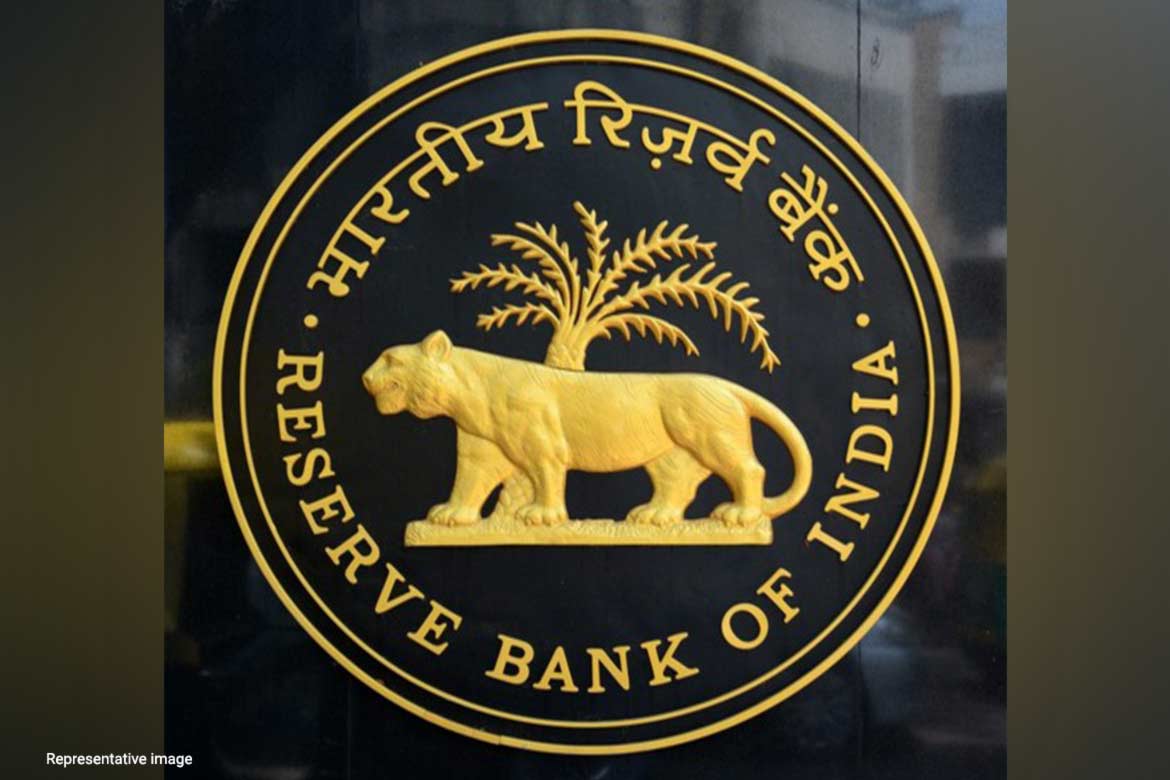If you are reader who keep an interest in Indian economy, then you must know about PCA Prompt Corrective Action framework of RBI. In simpler words, PCA is like a bitter medicine given to a convalescent bank. Today in this article we will tell you about PCA Framework in detail.
What is PCA?
In India, RBI, the apex Banking body, gives license to new banks. Along with this, Reserve Bank of India also plays the responsibility to monitor the functioning of banks. Prompt Corrective Action (PCA) is a framework of RBI, through which RBI decides the parameters of financial health of banks through PCA. If a bank is in a big financial crisis. Then the PCA Framework of RBI comes into role. In which various restrictions are imposed on the bank.
Restrictions imposed under PCA
If a bank comes under the ambit of PCA Framework, then various restrictions are imposed on it by RBI to prevent it from collapsing. These restrictions are:
- Prohibition on opening of new branches by the bank.
- Partial or complete ban on giving new loans by these banks. Or to make the rules related to lending more strict.
- RBI can also take action to merge, reorganize or close these banks.
- RBI can impose restrictions on the compensation of the management of these banks and the fees of the directors.
- RBI can put restrictions on the payment of dividend of these banks. , When does a bank come under the ambit of PCA.

Which banks come under the PCA?
When RBI feels that a bank does not have enough capital to face the risk, the money lent is not earning income and profit is not being made, then RBI puts that bank in ‘PCA’ framework. So that immediate steps can be taken to improve bank’s financial condition. For identifying such banks RBI has set some indicators for this.
Indicators
CRAR, NPA and Return On Assets are the parameters or called trigger points. If a bank crosses these trigger points. So it automatically comes under the purview of this PCA framework.
Non-Performing Asset (NPA):
When the borrower fails to pay the interest or principal amount for 90 days, the loan given to him is considered a Non-performing Asset. Often, ‘non-performing assets’ are classified by banks as ‘sub-standard’, ‘doubtful’ and ‘loss assets’.
Capital Adequacy Ratio (CAR):
CAR is a measure of a bank’s available capital, expressed as a percentage of the bank’s risk-weighted credit exposure.
The capital adequacy ratio, also known as the ‘capital-to-risk weighted asset ratio’ (CRAR), is used to protect depositors and promote the stability and efficiency of financial systems around the world.
Tier-1 Leverage Ratio:
It expresses the relationship between the core capital of a banking organization and its total assets. The Tier-1 leverage ratio is calculated by dividing Tier-1 capital by the bank’s average total consolidated assets and exposures off the balance sheet. The leverage ratio is one of several financial measurements that assess a company’s ability to meet its financial obligations.
You may also like: What are Digital or Neo Banks? Why you should opt for Neo Banking?

1 comment
Nice